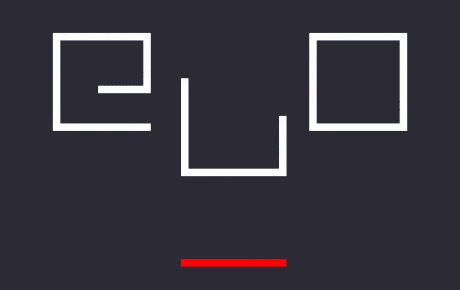The publication type is the means and channels by which a work is made public.
The rapid growth of the field of electronic literature calls for definition, or for an orientation which will contribute to its legitimacy and institutionalization. The categorization that is generated by the elaboration of taxonomies for the CELL project contributes to the conceptualization of the field itself. It is an ongoing process that will grow over time by refining and multiplying categories.
In the most basic sense, taxonomies are a way of grouping things. Taxonomies are designed to be an online content organization system that acts as an underlayer of semantization meant to qualify data. They are complementary to the search engine and enable a faceted search. Content retrieved by the search engine can then be filtered by the classification system conceived for the CELL.
As a result, the categories used in CELL emerged from the works of electronic literature themselves: since the late 1990s, the partners of the CELL project have tagged content using terms to describe an evolving object - the work of electronic literature. The goal is to reorganize the original tagging into more neutral and descriptive categories that could be used throughout the field.
All the projects regrouped under the CELL project address electronic literature works from distinctive points of view. Each built a classification system for the works in their database through taxonomies that are specific to their research orientation. The objective of the CELL project is to reunite all those orientations to come up with a general and common classification that could reflect the current state of research in the field. These taxonomies are elaborated from an inductive approach based on the previous categorizations.
The publication type is the means and channels by which a work is made public.
A procedural modality is the action that occurs between the work and the user.
A mechanism is any device that provides input or output to a computer.
Format foregrounds the material and intermedial nature of e-lit, listing the formal incorporation of media and materiality into the work, as well as into the work's relations to other works and contexts. The formal aspects list the element of different mediatic nature incoporated into the work, and which reflect the intermediality of electronic literature. Format foregrounds the material and intermedial nature of e-lit, listing the formal incorporation of media and materiality into the work, as well as into the work's relations to other works and contexts. The formal aspects list the element of different mediatic nature incoporated into the work, and which reflect the intermediality of electronic literature.







